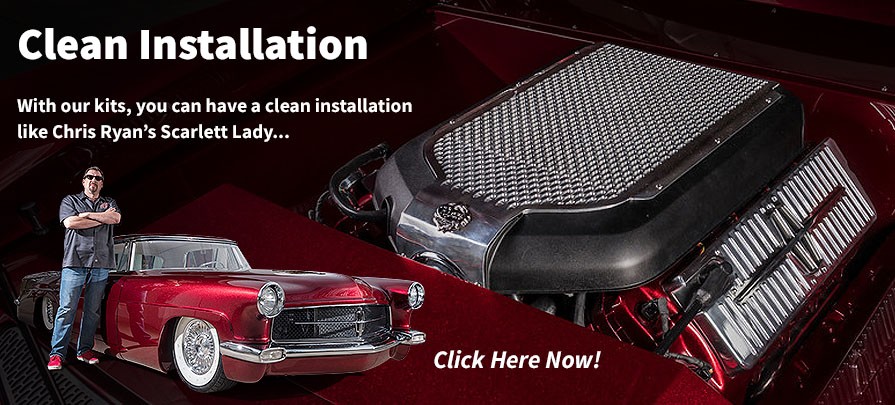The Auto Electrical Wiring Harness is the nervous system of your vehicle, a complex network of wires, connectors, and terminals that transmits power and signals to every electrical component. From the engine control unit to the headlights, the wiring harness ensures seamless communication and functionality throughout your car. Understanding its importance and how it works is crucial for any car enthusiast or mechanic.
The Anatomy of an Auto Electrical Wiring Harness
A typical auto electrical wiring harness consists of numerous color-coded wires bundled together and protected by a durable outer sheathing. This sheathing safeguards the wires from abrasion, heat, and moisture, ensuring longevity and reliable performance. Within the harness, wires are connected to various components using connectors and terminals, creating a complex circuit that facilitates the flow of electricity.
Types of Auto Electrical Wiring Harnesses
Different vehicle systems require specific wiring harnesses designed for their unique functionalities. Some common types include:
- Engine Wiring Harness: This harness connects the engine control unit (ECU) to various sensors and actuators, managing crucial engine functions like fuel injection, ignition, and emissions control.
- Body Wiring Harness: Responsible for powering and controlling components within the vehicle’s cabin, such as lights, power windows, and the audio system.
- Chassis Wiring Harness: This harness connects components related to the vehicle’s chassis, including the anti-lock braking system (ABS), traction control, and airbags.
Common Issues with Auto Electrical Wiring Harnesses
Over time, wiring harnesses can experience wear and tear, leading to various electrical problems. Some common issues include:
- Short Circuits: Damaged insulation can cause wires to touch, resulting in a short circuit that can blow fuses or damage components.
- Open Circuits: Broken wires or loose connections can create open circuits, interrupting the flow of electricity and causing components to malfunction.
- Corrosion: Exposure to moisture and road salt can corrode connectors and terminals, leading to poor electrical contact and intermittent problems.
Diagnosing and Repairing Auto Electrical Wiring Harness Problems
Diagnosing wiring harness issues often requires specialized tools and knowledge. A multimeter can be used to test for continuity and voltage drops, helping pinpoint the location of faults. Visual inspection is also crucial for identifying damaged wires, loose connections, and corrosion.
Repairing a wiring harness can involve simple tasks like replacing a damaged connector or more complex procedures like splicing wires or replacing entire sections of the harness.
Importance of Quality Auto Electrical Wiring Harnesses
A high-quality auto electrical wiring harness is essential for the reliable operation of your vehicle. Choosing a reputable manufacturer that uses durable materials and adheres to strict quality control standards ensures longevity and minimizes the risk of electrical problems.
Conclusion
The auto electrical wiring harness plays a vital role in the overall functionality and safety of your vehicle. Understanding its components, common issues, and the importance of quality ensures a smooth and reliable driving experience. If you suspect any problems with your vehicle’s wiring harness, consulting a qualified mechanic is recommended for proper diagnosis and repair. Investing in a high-quality auto electrical wiring harness is an investment in the long-term health and performance of your car.


